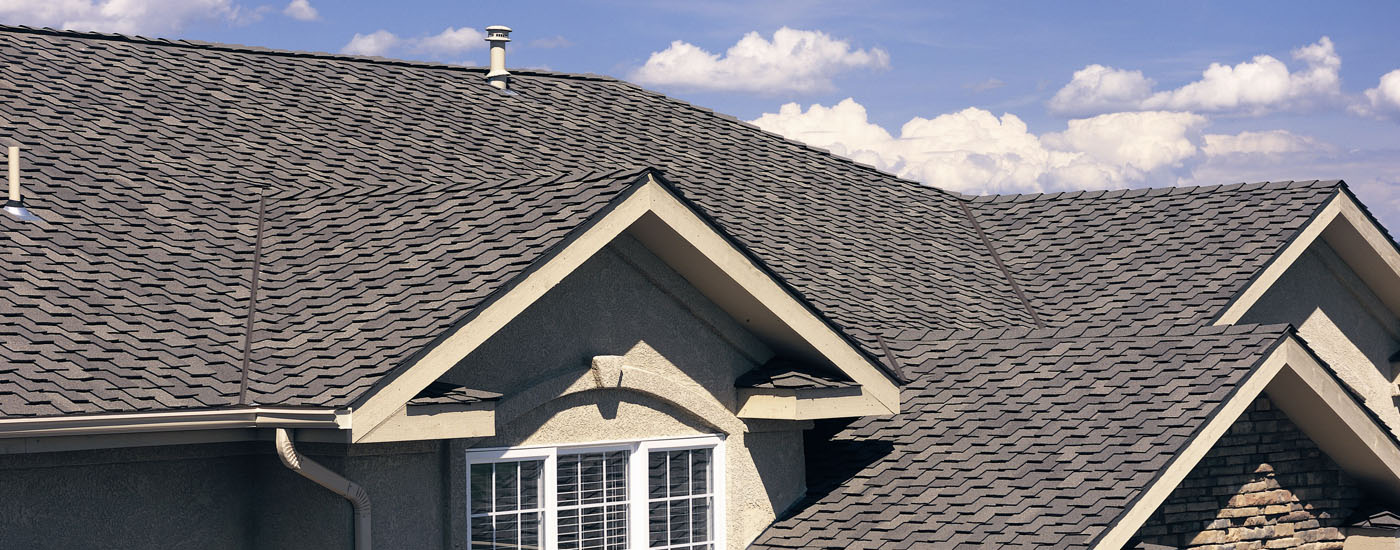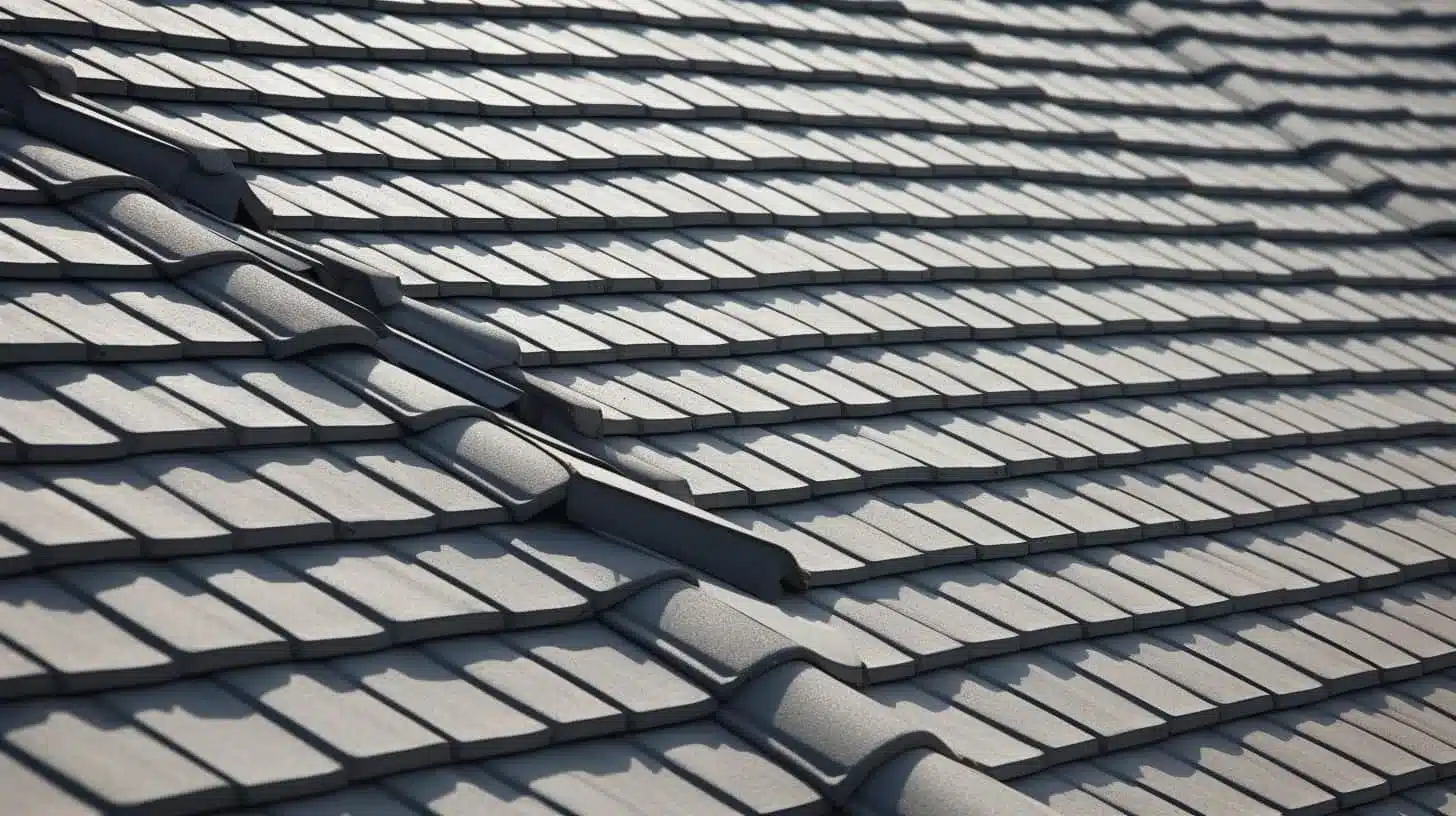
If you’re a homeowner in Florida, you understand the importance of a strong and durable roof that can withstand harsh weather conditions. But with options ranging from asphalt to clay tile, how do you know which roof material is the best choice for the Sunshine State?
While there may be many options available, considering factors such as durability, energy efficiency, and cost-effectiveness will help you determine the best roof material for Florida’s unique climate. In this article, we will explore the top types of roofing material to help you make an informed choice for your home.
Preparing Your Roof for the Florida Climate
Florida is known for its high humidity, intense heat, and frequent hurricanes. These weather conditions can take a toll on your roof and cause significant damage if not properly protected. Therefore, choosing the right roof material is crucial for the longevity and safety of your home.
Humidity
With high humidity, especially in the summer months, the air in Florida normally contains higher levels of water, creating ideal conditions for mold and mildew which weaken the structural integrity of buildings over time.
Moisture can also penetrate through cracks and gaps in the roofing or building materials, leading to water damage and rot. This can accelerate the deterioration of materials such as wood, causing them to warp, decay, or become brittle. It is important to keep this in mind when selecting your building material and installing your roof.
Heat and UV Exposure
When a roof is exposed to heat, the materials expand—when it cools down, they contract. This constant expansion and contraction can cause the roof materials to weaken and eventually lead to cracks, leaks, or other forms of damage. Additionally, UV light from the sun can break down the chemical bonds in roofing materials over time. This can cause the materials to become brittle, fade in color, and lose their structural integrity. As a result, the roof becomes more susceptible to damage from weather elements such as rain, wind, and hail.
Heat and UV light can accelerate the aging process of roofing materials. The constant exposure to high temperatures and intense sunlight can cause the materials to degrade faster than they would under normal conditions, reducing their overall lifespan.
Hurricanes
High wind speeds and heavy rain pose a threat to your roof. Powerful winds can create intense uplift forces, exerting pressure on the roof and potentially causing it to lift or be torn off. Additionally, the heavy rainfall that often accompanies hurricanes and tropical storms can lead to water infiltration through any vulnerabilities in the roof, such as damaged shingles or gaps, which can result in leaks and structural damage. Even if you don’t live near the coast, it’s a good idea to be prepared for strong winds and nearby sources of debris every hurricane season.
The Best Roofing Materials for Florida
With an almost endless supply of options, it can be hard to know which type of roofing material is best. We’ll cover some of our top options for coping with the Florida climate.
Asphalt Shingles
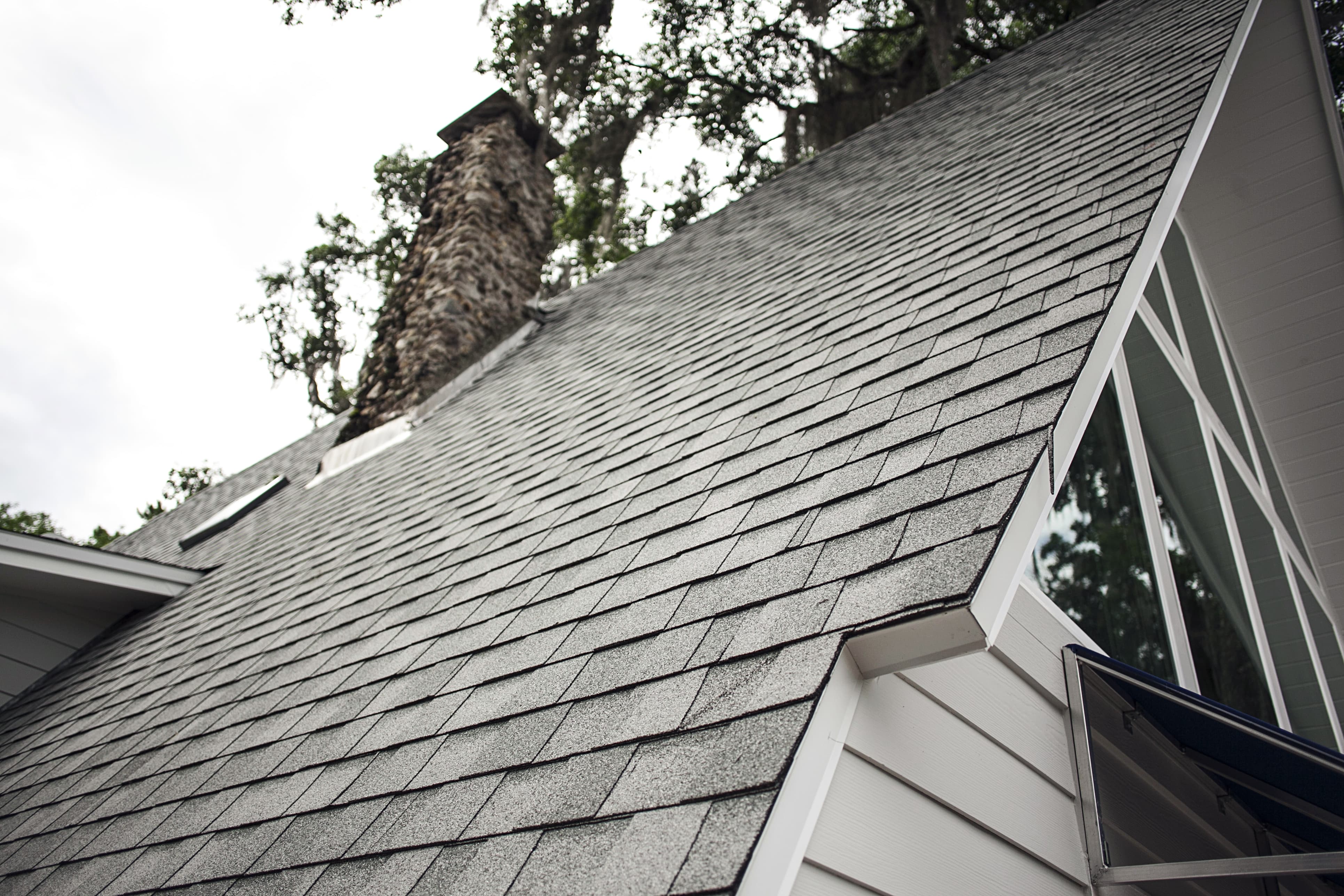
With a relatively low cost and 25-year lifespan, traditional asphalt shingles are the most popular roofing material in Florida. They come in various colors, styles, and textures, allowing you to choose a look that matches your home’s aesthetic. That said, the best color shingle for Florida may just be light colors as this reflects the most heat and saves you money on the electric bill.
There are also some great reasons to go with asphalt shingle roofs:
- Easy installation: Asphalt shingles are lightweight and easy to install, which can save on costs during the installation process.
- Durability: High-quality asphalt shingles can provide good durability and withstand various weather conditions, including wind, rain, and sub-zero temperatures.
- Low maintenance: Asphalt shingles require minimal maintenance and can last for about 20 to 30 years with proper care.
The downside is that asphalt shingles generally have a shorter lifespan compared to some other roofing materials like metal or slate. Additionally, extreme temperatures can cause asphalt to warp or crack over time, and these shingles are more susceptible to the growth of algae or moss, which can affect their appearance and longevity if not properly addressed.
Metal

Metal roofs are another popular choice for homes in Florida due to their advantages in the state’s climate. They’re highly resistant to extreme weather conditions such as the ones we endure during hurricane season. They can withstand much higher windspeeds than asphalt shingles and are less likely to be damaged compared to other roofing materials.
In terms of durability, metal roofing has a longer lifespan—up to 50 years or more with proper maintenance, making it a cost-effective choice in the long run. They also require little maintenance and absorb less heat in the summer which is a great investment for Florida homes.
One possible drawback is that metal roofing can produce more noise during heavy rainstorms compared to other roofing materials, so proper insulation and underlayment are required. They’re also more expensive than asphalt shingles during installation.
Concrete Tile
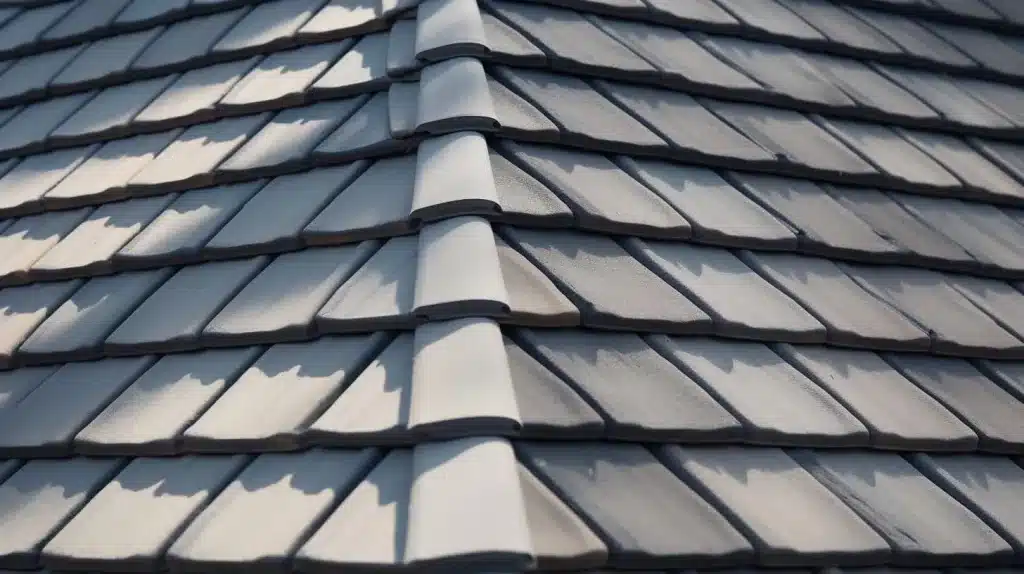
Among the most durable choices for a roof, concrete tiles can withstand the harshest weather conditions. They’re also resistant to fire and pests, such as termites, which can be a common issue here in Florida. These roofs provide good insulation, helping to keep homes cooler in the hot Florida climate and save on the AC bill.
Concrete is heavy, so this style of roof typically requires additional structural support during installation. This can increase the overall cost of the roof. Additionally, without proper maintenance, concrete tiles can crack or break which will require additional roof repairs or even replacement.
Clay Tile
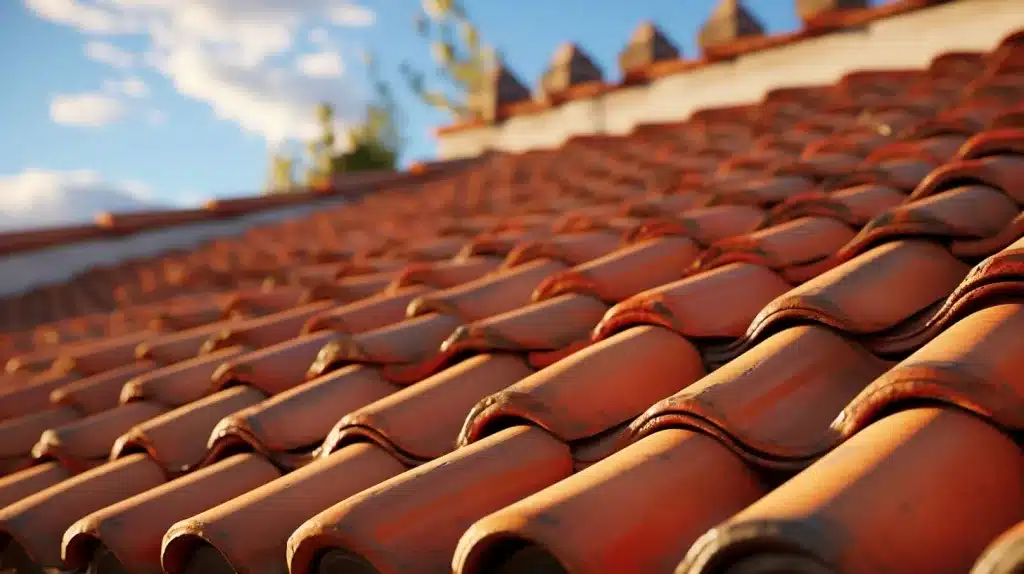
Clay tile roofs are known for their long lifespan, often lasting 50 to 100 years or more. They are resistant to harsh weather conditions, including high winds, hurricanes, and extreme heat. They’re non-combustible, providing an added layer of protection against fires. This is particularly important in areas prone to wildfires or lightning strikes.
Like concrete, clay tile roofs naturally insulate homes, boosting energy efficiency and keeping the interior of the building cooler. Where they differ is the sheer range of styles and colors available. For most houses, clay tiles offer a classic and timeless look, boosting curb appeal and adding a touch of elegance to your home’s architecture.
Finally, clay tiles are low maintenance with great resistance to rot, insect damage, and decay, reducing the need for frequent repairs or replacements.
This durability and longevity come at a cost; clay tiles are perhaps the most expensive material available. They’re also heavy, so they’ll need the same structural support as a concrete roof. While the longevity of the roof makes up for it, it’s still a large upfront cost to the homeowner.
Hiring the Right Roofing Contractor
To get the most out of your new roof, you’ll want to hire a roofing company with years of experience, local knowledge, and strong, local reviews. Be sure to verify that your contractor is experienced with the material you’d like to use to ensure the best results.
To speak to a roofing professional about the perfect roof for your Florida home, contact the team here at McFall today!

